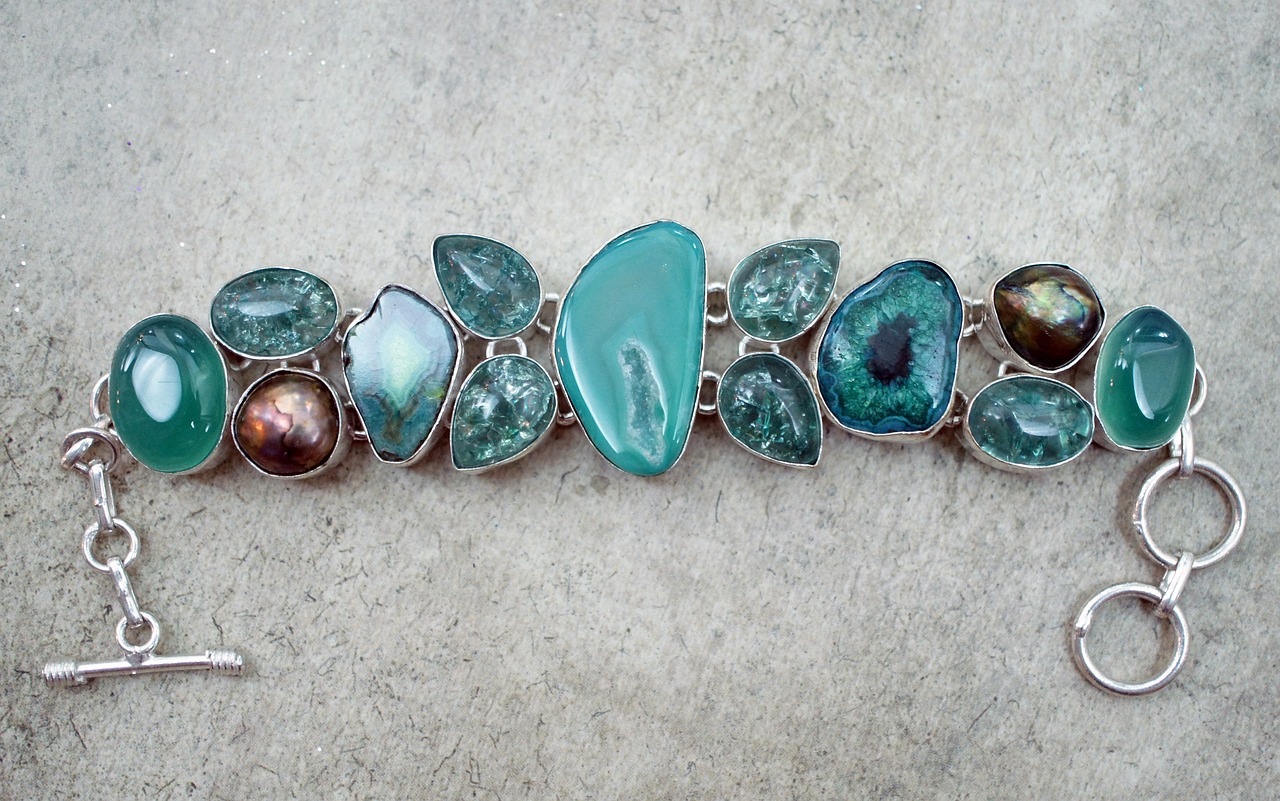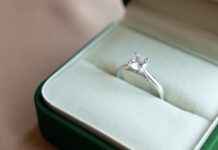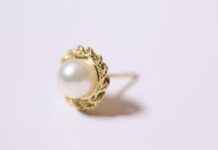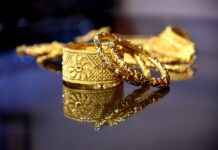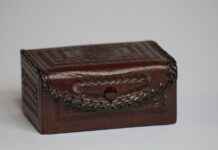This article delves into the meanings and cultural significance behind various popular jewelry designs, shedding light on how these creations reflect personal identity, emotions, and traditions across different societies. Jewelry serves not only as a decorative element but also as a powerful means of communication, conveying messages about the wearer’s beliefs, values, and experiences.
The Historical Significance of Jewelry
Jewelry has been an integral part of human culture for millennia. From ancient civilizations to modern societies, it has served various purposes, including adornment, status symbols, and even protective talismans. Understanding the historical context of jewelry enriches our appreciation for contemporary designs, as many modern pieces draw inspiration from ancient traditions.
Common Symbols in Jewelry Design
Many jewelry pieces incorporate symbols that carry specific meanings. For instance, hearts, universally recognized as symbols of love, often signify romantic relationships, friendships, or familial bonds. These pieces are popular choices for gifts, particularly on special occasions.
- The Heart as a Gift of Love: Gifting heart-shaped jewelry is a timeless expression of love, making it a cherished choice for anniversaries and significant milestones.
- Variations of Heart Designs: From simple pendants to intricate rings, heart designs come in various forms, each reflecting the wearer’s personality and the nature of their relationships.
Infinity Symbols in Jewelry
The infinity symbol represents eternity and endless love, often signifying lasting commitments. It is a popular choice among couples and close friends, symbolizing their unbreakable bond.
Cultural Significance of Gemstones
Different gemstones are imbued with unique meanings and cultural beliefs. For example, birthstones are linked to specific months and symbolize personal identity. Wearing one’s birthstone can foster a sense of connection to one’s heritage and individuality.
Healing Properties of Gemstones: Many cultures believe that gemstones possess healing properties, adding another layer of significance to jewelry, making it a source of emotional or physical support.
The Role of Jewelry in Personal Identity
Jewelry serves as a powerful form of self-expression, allowing individuals to showcase their personality and life experiences. Statement pieces are designed to stand out, reflecting the wearer’s unique style and often serving as conversation starters.
Religious and Spiritual Symbols in Jewelry
Many individuals wear jewelry featuring religious or spiritual symbols, signifying their faith and cultural heritage. These pieces serve as reminders of personal values and spirituality.
The Future of Jewelry Design and Symbolism
As trends evolve, the symbolism of jewelry continues to change. Modern designs are adapting to contemporary values and cultural shifts, reflecting the dynamic relationship between jewelry, identity, and society.
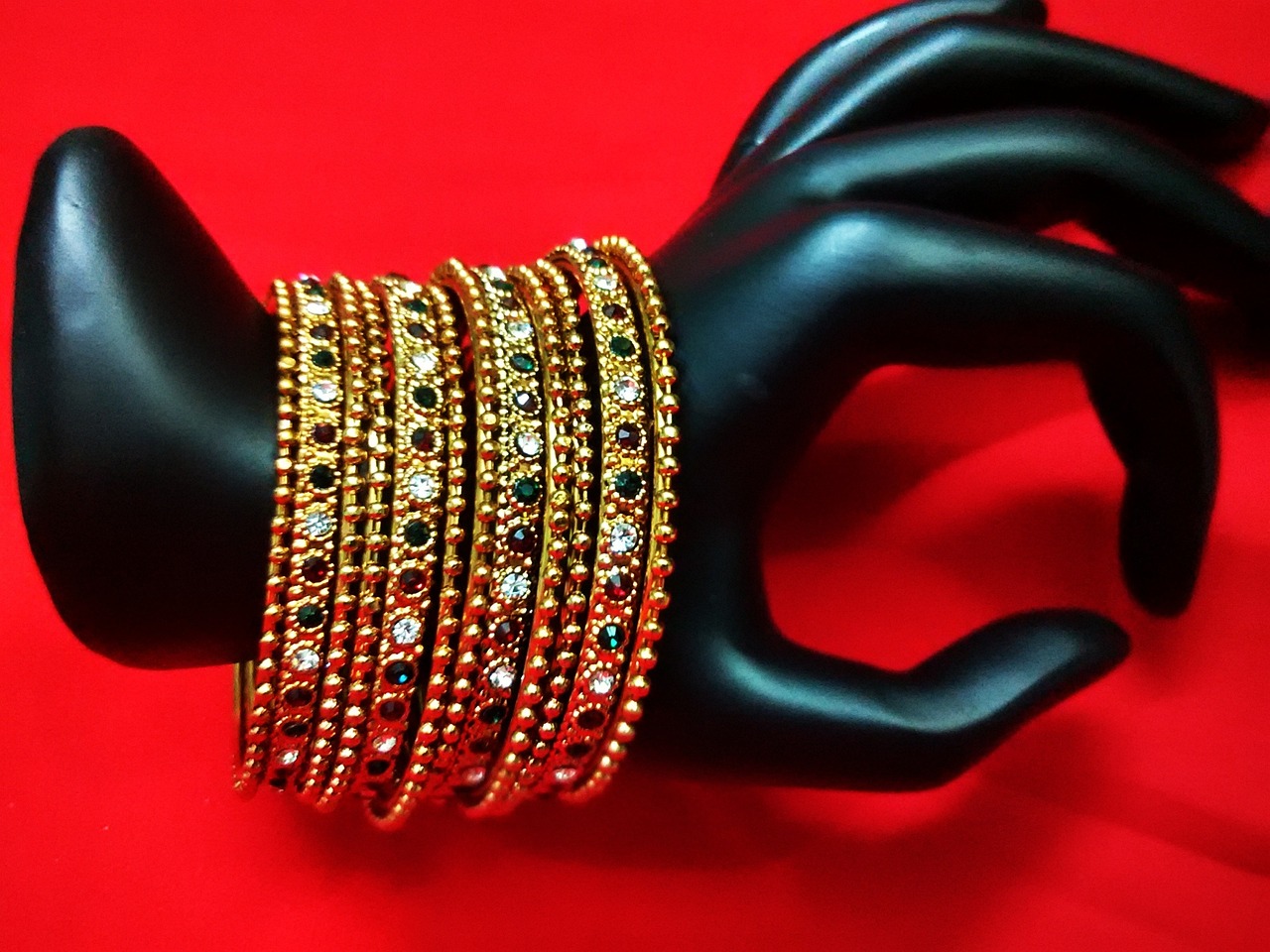
The Historical Significance of Jewelry
Jewelry has been an integral part of human civilization for millennia, transcending mere decoration to embody cultural significance, social status, and personal expression. The evolution of jewelry reflects the changing values and beliefs of societies throughout history.
Initially, jewelry served practical purposes, such as securing clothing or indicating rank within a tribe. Over time, it evolved into a form of adornment that conveyed wealth and power. For instance, ancient Egyptian pharaohs adorned themselves with gold and gemstones, which not only showcased their status but also had religious connotations, believed to protect them in the afterlife.
In various cultures, jewelry has also been used as a currency. Precious metals and stones were often traded, making them not just decorative items but also valuable assets. This dual function of jewelry as both ornament and currency highlights its economic significance across different eras.
As we delve deeper into history, we find that jewelry has often been a reflection of artistic expression. Different periods, such as the Renaissance or Art Deco, brought about unique styles and techniques, influencing the designs we see today. The intricate craftsmanship of jewelry pieces from these periods reveals the cultural narratives and artistic movements of their time.
Moreover, the materials used in jewelry have historical significance as well. For instance, the use of amber in ancient times was not only valued for its beauty but also for its supposed healing properties. Similarly, diamonds were historically believed to bring strength and protection to their wearers.
In conclusion, understanding the historical significance of jewelry enriches our appreciation of contemporary designs. By recognizing its multifaceted roles in society—from symbols of power to expressions of love—we gain insights into our own cultural identities and the meanings we attach to the jewelry we wear today.
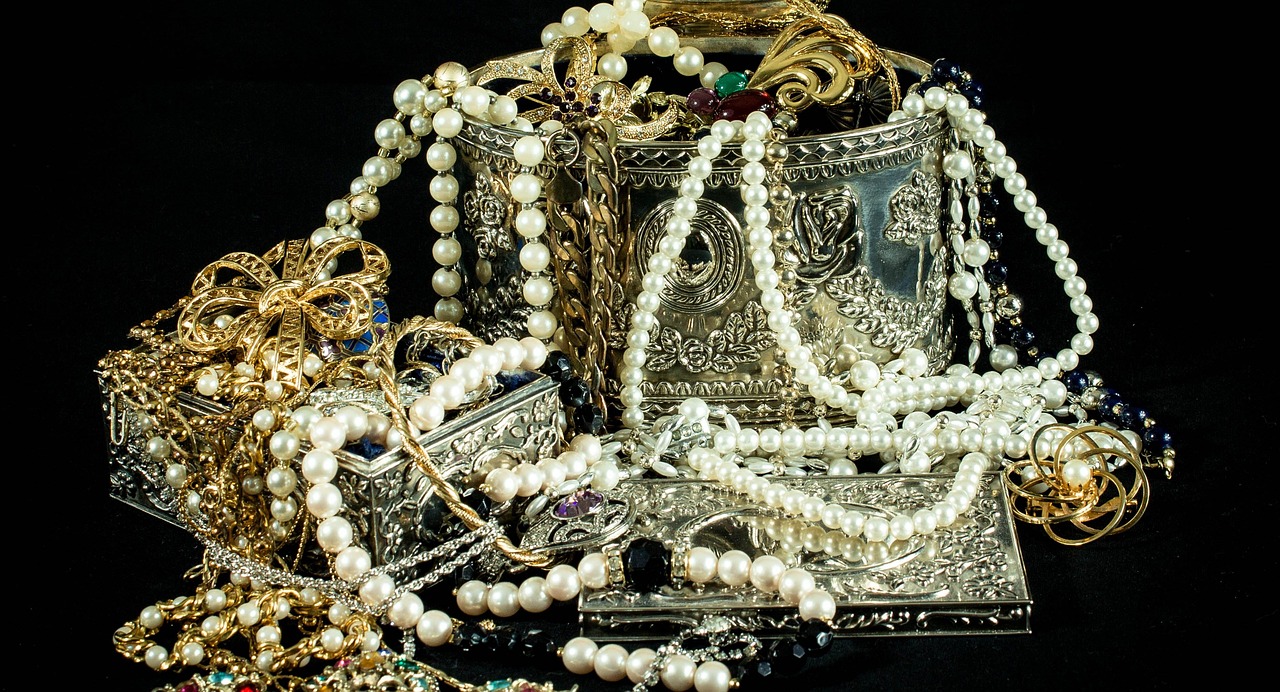
Common Symbols in Jewelry Design
Jewelry has long been a medium for expressing emotions, beliefs, and cultural values. Within this realm, the symbols incorporated into jewelry designs carry profound meanings that resonate with wearers on multiple levels. Understanding these symbols not only enhances our appreciation for the artistry involved but also deepens our connection to the pieces we choose to wear.
Many jewelry pieces feature symbols that convey specific meanings. For instance, the tree of life symbolizes growth, strength, and a connection to nature. This symbol is often represented in necklaces and bracelets, serving as a reminder of the wearer’s roots and personal journey.
Another prevalent symbol is the cross, which holds significant meaning in various cultures and religions. It represents faith, hope, and spiritual connection. Jewelry adorned with crosses can serve as a personal talisman for many, reflecting their beliefs and values.
| Symbol | Meaning |
|---|---|
| Heart | Love and affection |
| Infinity | Endless love and commitment |
| Tree of Life | Growth and connection |
| Cross | Faith and spirituality |
The infinity symbol is another popular choice in jewelry design, representing eternal love and the idea of limitless possibilities. This symbol has gained popularity among couples, serving as a testament to their enduring bond.
Furthermore, many cultures incorporate gemstones into their jewelry, each carrying its own unique symbolism. For example, the emerald is often associated with rebirth and love, while the sapphire symbolizes wisdom and royalty. Understanding these associations can enhance the significance of jewelry pieces for both the wearer and the giver.
In conclusion, the symbols found in jewelry designs serve as powerful communicators of personal identity, emotions, and cultural heritage. By exploring these symbols, we can gain a deeper understanding of the stories and meanings behind the jewelry we cherish.
The Meaning of Hearts in Jewelry
Jewelry featuring heart designs is not just a fashion statement; it embodies a rich tapestry of emotions and connections. The heart symbol has transcended cultures and time, representing love, affection, and devotion. Whether it is a romantic partner, a cherished friend, or a family member, heart-shaped jewelry serves as a powerful reminder of the bonds we share with others.
Historically, the heart has been a prominent motif in art and literature, often associated with deep feelings and emotional experiences. In modern jewelry, heart designs can take various forms, including pendants, rings, and earrings. Each piece carries its own significance, often reflecting the relationship between the giver and receiver.
| Type of Heart Jewelry | Significance |
|---|---|
| Pendants | Often given as gifts to symbolize love and commitment. |
| Rings | Commonly used in engagements and weddings, representing eternal love. |
| Earrings | Can signify friendship or familial love, making them suitable for various occasions. |
Additionally, heart-shaped jewelry is frequently chosen for special occasions such as anniversaries, birthdays, and Valentine’s Day. The act of gifting such pieces can convey deep emotions, serving as a tangible expression of one’s feelings. The heart design acts as a universal language, making it a popular choice for those looking to express their love and appreciation.
In conclusion, the heart symbol in jewelry is much more than a decorative element; it is a profound representation of human connections. Whether worn as a personal reminder or given as a heartfelt gift, heart-shaped jewelry continues to resonate with people around the globe, celebrating the essence of love in all its forms.
The Heart as a Gift of Love
The heart has long been recognized as a powerful symbol of love and affection, transcending cultures and time periods. Gifting heart-shaped jewelry is not just about the physical object; it represents deep emotional connections and cherished memories. These pieces are often chosen for significant occasions, such as anniversaries, Valentine’s Day, or birthdays, making them meaningful tokens of love.
When one chooses to gift heart-shaped jewelry, it conveys a message of commitment and devotion. Each piece can hold personal significance, reflecting the unique relationship between the giver and the receiver. For instance, a heart pendant may symbolize a romantic bond, while a heart-shaped bracelet could represent a deep friendship or familial love.
Moreover, heart designs come in a variety of styles and materials, ranging from simple gold pendants to elaborate diamond-encrusted rings. This variety allows for personal expression, as individuals can select pieces that resonate with their loved ones’ tastes and preferences. Customization options, such as engraving names or special dates, further enhance the emotional value of these gifts.
Heart-shaped jewelry also serves as a reminder of love during difficult times. Wearing such pieces can provide comfort and reassurance, acting as a tangible connection to the affection shared. This emotional support is particularly significant during times of separation or loss, reinforcing the bond that exists regardless of physical distance.
In summary, gifting heart-shaped jewelry is a timeless expression of love that carries profound emotional weight. Whether for a special occasion or just because, these pieces serve as lasting reminders of our most cherished relationships, making them truly invaluable gifts.
Variations of Heart Designs
are a captivating aspect of jewelry that resonate deeply with emotions and personal connections. From the classic heart pendant to elaborate designs, each piece tells a unique story about the wearer. The heart symbolizes love, affection, and connection, making it a popular choice for various occasions.
Heart-shaped jewelry can be found in many forms, each carrying its own significance. For example, simple heart pendants are often given as a token of love, representing a straightforward yet profound sentiment. These pieces are versatile and can be worn daily, serving as a constant reminder of cherished relationships.
On the other hand, intricate heart rings often symbolize deeper commitments, such as engagements or weddings. These rings may feature elaborate designs, such as intertwined hearts or those adorned with gemstones, reflecting the complexity and beauty of romantic partnerships. Such rings are not just accessories; they embody promises and shared futures.
Another variation is the heart charm bracelet, which allows wearers to customize their jewelry with charms that represent significant moments or loved ones. This personalization makes each bracelet unique, as it evolves with the wearer’s experiences and memories. It’s a beautiful way to carry symbols of love and friendship wherever one goes.
Moreover, heart designs can also be found in earrings and necklaces, each providing an opportunity to express affection in a more understated manner. Whether they are small studs or dangling designs, heart earrings can enhance any outfit while conveying warmth and love.
Ultimately, the variations of heart designs in jewelry serve not only as adornments but also as powerful symbols of our emotions and connections. They reflect the wearer’s personality and the nature of their relationships, making them timeless choices for gifts and personal expression.
Infinity Symbols in Jewelry
The infinity symbol is a powerful emblem that signifies the concepts of eternity, unity, and endless love. This design, resembling a sideways figure eight, is not just a mere aesthetic choice in jewelry; it carries profound emotional weight and cultural significance. Jewelry pieces that incorporate the infinity symbol are often seen as tokens of lasting commitments, making them especially popular among couples and close friends.
When couples choose to wear infinity jewelry, they are often making a statement about their bond. This symbol represents a promise that their love will endure through all challenges and time. It serves as a reminder that their connection is limitless, transcending the ordinary constraints of life. Therefore, pieces such as infinity rings, necklaces, and bracelets have become cherished gifts for anniversaries, engagements, or simply as expressions of devotion.
Furthermore, the infinity symbol is not exclusive to romantic relationships. It also resonates deeply among friends and family members, symbolizing an unbreakable bond and a commitment to support one another through life’s ups and downs. For this reason, many opt for matching infinity bracelets or necklaces, celebrating their friendship with this timeless design.
In addition to its emotional connotations, the infinity symbol has a rich history across various cultures. It has been utilized in art and spirituality for centuries, often representing the interconnectedness of life and the universe. This historical depth adds another layer of meaning to jewelry featuring the infinity design, making it not just a fashion statement but a profound symbol of existence and connection.
As trends evolve, the infinity symbol continues to inspire modern jewelry designers, who incorporate it into innovative and unique pieces. Whether adorned with gemstones or crafted in various metals, the infinity symbol remains a popular choice, appealing to those who wish to express their enduring love and commitment in a tangible form.
In conclusion, the infinity symbol in jewelry serves as a beautiful representation of eternal love and lasting connections. Its significance resonates across relationships, making it a meaningful choice for anyone looking to celebrate their bonds with others.
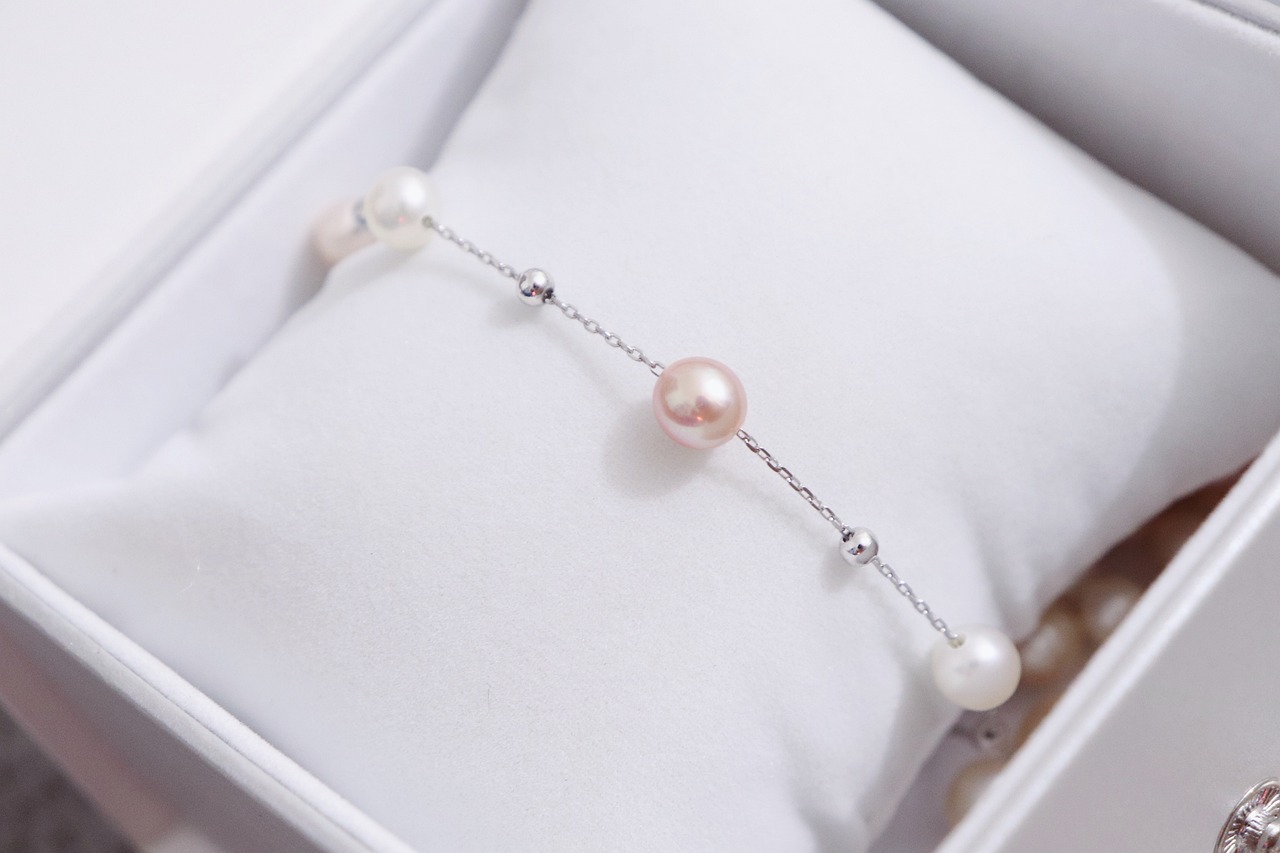
Cultural Significance of Gemstones
The Cultural Significance of Gemstones
Gemstones have captivated humanity for centuries, not only for their beauty but also for their deep-rooted cultural significance and meanings. Each gemstone is often associated with specific traits, emotions, and beliefs, which can enhance the value of jewelry pieces for both the wearer and the giver. Understanding these associations can transform a simple piece of jewelry into a powerful symbol of personal identity and cultural heritage.
Gemstone Meanings Across Cultures
- Diamonds: Often seen as symbols of purity and strength, diamonds are frequently associated with love and commitment, making them a popular choice for engagement rings.
- Emeralds: In many cultures, emeralds symbolize rebirth and renewal. They are believed to bring harmony and balance to the wearer.
- Rubies: Known for their vibrant red color, rubies are often seen as symbols of passion and vitality. They are believed to enhance energy and confidence.
- Sapphires: Traditionally associated with wisdom and nobility, sapphires are thought to protect the wearer from harm and bring peace of mind.
Birthstones and Personal Connection
Birthstones, which correspond to each month of the year, carry unique meanings and are often worn to signify personal identity. For example, wearing your birthstone can symbolize a connection to your birth month and personal traits associated with that stone. This connection can make jewelry pieces feel more meaningful and intimate.
Healing Properties of Gemstones
Many cultures also believe in the healing properties of gemstones. For instance, amethyst is thought to promote calmness and clarity, while citrine is associated with prosperity and success. This belief adds another layer of significance to jewelry, making it not just decorative but also a source of emotional or physical support.
Conclusion
In summary, the cultural significance of gemstones extends far beyond their aesthetic appeal. By understanding the meanings and associations linked to different stones, wearers can choose jewelry that resonates with their personal beliefs and values. Whether worn for protection, healing, or simply as a statement of style, gemstones hold a unique place in the world of jewelry, enriching both the wearer’s experience and the giver’s intention.
Birthstones and Their Meanings
Birthstones have long been associated with the twelve months of the year, each carrying its own unique symbolism and significance. These gemstones not only serve as beautiful adornments but also represent personal identity and a connection to one’s birth month. Wearing a birthstone is a meaningful way to celebrate individuality and can be a cherished piece of personalized jewelry.
Each birthstone is believed to hold specific energies and properties that can influence the wearer’s life. For instance, January’s garnet is thought to symbolize protection and strength, while February’s amethyst is associated with peace and tranquility. As the year progresses, each gemstone reflects the qualities and attributes linked to that particular month, making them not only beautiful but also deeply personal.
| Month | Birthstone | Meaning |
|---|---|---|
| January | Garnet | Protection, strength |
| February | Amethyst | Peace, tranquility |
| March | Aquamarine | Calm, clarity |
| April | Diamond | Love, purity |
| May | Emerald | Growth, harmony |
| June | Alexandrite | Change, balance |
| July | Ruby | Passion, vitality |
| August | Peridot | Strength, prosperity |
| September | Sapphire | Wisdom, loyalty |
| October | Opal | Creativity, inspiration |
| November | Topaz | Joy, generosity |
| December | Turquoise | Friendship, peace |
Wearing one’s birthstone can also serve as a reminder of personal milestones and achievements throughout life. It creates a sense of belonging and connection, not only to one’s self but also to family and heritage. Many people choose to gift birthstone jewelry to loved ones, making it a popular choice for personalized gifts on special occasions.
In conclusion, birthstones are more than just gemstones; they are symbols of identity, heritage, and personal significance. By incorporating birthstones into jewelry, individuals can express their uniqueness and celebrate their connection to the world around them.
Healing Properties of Gemstones
Throughout history, gemstones have been revered not only for their beauty but also for their perceived healing properties. Many cultures around the world hold a belief that certain stones can positively influence emotional and physical well-being. This belief system adds a profound layer of significance to jewelry, transforming it from mere adornment into a source of emotional support and spiritual connection.
In various traditions, gemstones are thought to resonate with specific energies that can aid in healing. For instance, amethyst is often associated with tranquility and balance, believed to alleviate stress and promote a peaceful state of mind. Similarly, rose quartz is known as the stone of love, thought to enhance feelings of compassion and emotional healing. Such associations highlight how gemstones can serve as tools for personal growth and emotional stability.
Moreover, the practice of using gemstones for healing is not limited to individual belief systems; it has been integrated into holistic practices worldwide. Many practitioners of alternative medicine incorporate gemstones into their therapies, advocating that their vibrational energies can help align the body’s energy centers, or chakras. This holistic approach emphasizes the interconnectedness of physical, emotional, and spiritual health.
In addition to their healing properties, gemstones also carry significant cultural meanings. For example, in some cultures, certain stones are believed to bring good fortune or protection. This cultural significance can enhance the emotional value of jewelry, making it a cherished item that holds personal and historical importance.
Ultimately, the belief in the healing properties of gemstones enriches the experience of wearing jewelry. It transforms each piece into a meaningful artifact that not only reflects personal style but also serves as a reminder of the healing energies that these natural wonders are believed to possess.

The Role of Jewelry in Personal Identity
Jewelry is more than just an accessory; it is a powerful medium through which individuals can express their unique identities. From statement pieces to delicate charms, the jewelry we choose often reflects our personal beliefs, experiences, and values. This section delves into the various ways jewelry serves as a canvas for self-expression.
Personal Style and Fashion
Many people use jewelry to showcase their personal style. Whether it is through bold, chunky necklaces or minimalist earrings, the choices we make in jewelry can speak volumes about our taste and personality. For instance, someone who prefers vintage pieces may be seen as nostalgic or romantic, while a fan of modern designs might be perceived as trendy and forward-thinking.
Jewelry as a Reflection of Beliefs
Jewelry often carries significant symbolic meanings. Many individuals wear pieces that reflect their beliefs or values, such as religious symbols or culturally significant designs. For example, a cross necklace may signify one’s Christian faith, while an Om symbol might represent a connection to spirituality and peace. Such pieces act as daily reminders of what the wearer holds dear.
Commemorating Life Experiences
Jewelry can also serve as a tangible representation of life experiences. Many people choose to wear pieces that commemorate significant events, such as a charm bracelet that holds charms representing different milestones, or a ring passed down through generations. These items often carry emotional weight, reminding the wearer of their journey and personal growth.
Connecting with Heritage
For many, jewelry is a way to connect with their cultural heritage. Traditional designs, materials, and techniques can reflect one’s ancestry and roots. Wearing such jewelry not only honors one’s background but also promotes a sense of belonging and pride.
Conclusion
In conclusion, jewelry serves as a multifaceted tool for self-expression, allowing individuals to communicate their identity, beliefs, and life stories. Whether through personal style, symbolic meanings, or connections to heritage, the jewelry we wear can profoundly impact how we see ourselves and how others perceive us.
Statement Pieces and Individuality
Statement jewelry pieces are more than just accessories; they are powerful expressions of individuality and personal style. Designed to captivate attention, these pieces often serve as a reflection of the wearer’s personality and values. In a world where fashion trends come and go, statement jewelry remains a constant, allowing individuals to showcase their unique flair.
These distinctive pieces can range from oversized earrings to bold necklaces, each crafted to make a significant impact. Statement jewelry often acts as a conversation starter, inviting others to engage and inquire about the story behind the piece. This aspect of jewelry not only enhances social interactions but also fosters connections based on shared interests and aesthetics.
Incorporating statement jewelry into one’s wardrobe can transform an ordinary outfit into something extraordinary. For instance, pairing a simple black dress with a chunky, colorful necklace can create a striking contrast, drawing attention to the wearer’s face and style choices. This versatility allows individuals to express their mood and creativity through their accessories.
Moreover, statement pieces can carry personal significance. Many wearers choose items that symbolize important life events, beliefs, or aspirations. For example, a bold cuff bracelet might represent a milestone achievement, while a unique pendant could signify a cherished memory. This emotional connection adds depth to the jewelry, making it not just a fashion choice but a meaningful part of the wearer’s story.
As fashion continues to evolve, the importance of statement jewelry in expressing individuality remains steadfast. In a society that values uniqueness, these pieces empower individuals to embrace their true selves and stand out in the crowd. Ultimately, statement jewelry is not merely about aesthetics; it is about celebrating who we are and the stories we wish to tell.
Religious and Spiritual Symbols in Jewelry
Jewelry has long been a medium through which individuals express their faith, beliefs, and cultural heritage. Among the various designs, those featuring religious and spiritual symbols hold a significant place. These pieces serve not only as adornments but also as profound reminders of one’s personal values and spiritual journey.
Many people choose to wear jewelry that reflects their spirituality. For instance, symbols such as the cross, Om, or Star of David are commonly found in various forms of jewelry. Each of these symbols carries deep meanings and can evoke a sense of connection to one’s faith or spiritual beliefs.
| Symbol | Meaning |
|---|---|
| Cross | Represents Christianity and the sacrifice of Jesus Christ. |
| Om | A sacred sound and spiritual symbol in Hinduism, representing the universe. |
| Star of David | A symbol of Judaism, representing the connection between God and humanity. |
Wearing such jewelry can be a personal statement, reflecting one’s commitment to their beliefs. It can also serve as a source of comfort and strength during challenging times, reminding the wearer of their faith and the values they hold dear.
Moreover, these pieces often become cherished family heirlooms, passed down through generations, carrying with them stories and memories that enrich their significance. In many cultures, gifting jewelry with spiritual symbols is a way to share one’s beliefs and values with loved ones.
In conclusion, jewelry adorned with religious and spiritual symbols plays a pivotal role in expressing personal identity and values. It is a beautiful blend of art and meaning, serving as a constant reminder of one’s spiritual path and cultural roots.

The Future of Jewelry Design and Symbolism
As society progresses, the symbolism of jewelry is undergoing significant transformation. This evolution is influenced by various factors, including cultural shifts, technological advancements, and changing consumer preferences. In this section, we will explore the emerging trends in jewelry design and how they reflect contemporary values.
- Emphasis on Sustainability: Modern consumers are increasingly prioritizing sustainability. Jewelry designers are adapting by utilizing recycled materials and ethically sourced gemstones. This shift not only reflects a commitment to the environment but also resonates with consumers who value transparency and responsibility.
- Personalization: Customized jewelry is becoming more popular, allowing individuals to express their unique identities. From engraved messages to bespoke designs, personalization adds a layer of emotional significance, making each piece a reflection of the wearer’s personality and experiences.
- Cultural Fusion: As globalization continues, jewelry designs are incorporating elements from various cultures. This fusion creates unique pieces that celebrate diversity while promoting inclusivity. Such designs often carry rich stories and meanings, appealing to a broader audience.
- Technology Integration: The rise of technology in jewelry design is evident in the use of 3D printing and smart jewelry. These innovations not only enhance creativity but also cater to the tech-savvy consumer, blending fashion with functionality.
- Minimalism and Meaning: There is a growing trend towards minimalist designs that convey deep meanings. Simple yet elegant pieces often symbolize significant life events or values, making them cherished items for the wearer.
In conclusion, the future of jewelry design is not only about aesthetic appeal but also about meaning and cultural relevance. As trends evolve, jewelry will continue to serve as a powerful medium for self-expression and connection to personal and collective identities. Understanding these shifts allows both designers and consumers to appreciate the deeper significance behind each piece.
Frequently Asked Questions
- What is the significance of heart symbols in jewelry?
Heart symbols in jewelry are widely recognized as representations of love and affection. They often signify romantic relationships, friendships, or family bonds, making them popular choices for gifts on special occasions.
- How do infinity symbols represent relationships?
The infinity symbol embodies eternity and endless love. Jewelry featuring this design is often chosen by couples and close friends to symbolize lasting commitments and unbreakable bonds.
- What are birthstones and their meanings?
Birthstones are gemstones linked to specific months, each carrying unique meanings. Wearing one’s birthstone can symbolize personal identity and a connection to one’s birth month, making them a popular choice for personalized jewelry.
- Can gemstones have healing properties?
Yes, many cultures believe that gemstones possess healing properties. This belief adds emotional and physical significance to jewelry, transforming it from mere decoration to a source of support.
- How does jewelry reflect personal identity?
Jewelry serves as a powerful form of self-expression, allowing individuals to showcase their personality, beliefs, and life experiences. Statement pieces, in particular, can make bold impressions and highlight individuality.
- What role do religious symbols play in jewelry?
Jewelry featuring religious or spiritual symbols often signifies faith and cultural heritage. These pieces can serve as reminders of personal values and spirituality, making them deeply meaningful to the wearer.

